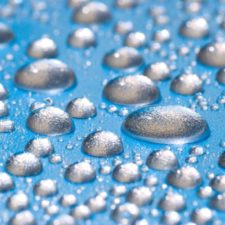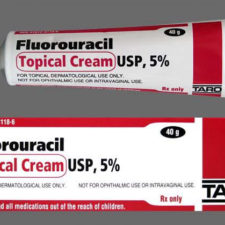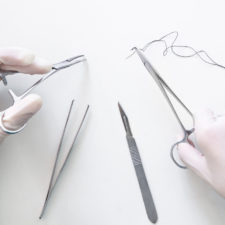In a recent study by the American Society of Plastic Surgeons, Vietnam veterans exposed to Agent Orange were tested for increased risk of non-melanotic skin cancer (NMSC). In this study, it […]
Read More
In a recent study from the British Journal of Dermatology, it was determined that there is a strong link between mercury levels in the blood and non-melanoma skin cancer. Non-melanoma […]
Read More
Skin cancer can develop in people of all ages and backgrounds; it’s a disease that does not discriminate. As a board-certified dermatologist and well-known skin cancer specialist, Dr. Adam Mamelak […]
Read More
When it comes to planning for your Mohs micrographic surgery, the recovery is just as important as the actual procedure for ensuring optimal results. To help you prepare for your […]
Read More
The time before Mohs micrographic surgery, as with any surgery, is important for ensuring a successful outcome. To know how you should prepare for your procedure, you will need to […]
Read More
Efudex and Carac are chemotherapy creams composed of topical fluorouracil (5-FU). This active ingredient essentially stops abnormal cells from growing, which is why it is often used for treating skin […]
Read More
Skin cancer is the most common type of cancer in the world. When it comes to treating the disease, Mohs micrographic surgery has the highest cure rate of any procedures […]
Read More
The American Medical Association defines obesity as a body mass index (BMI) of 30 or more, where individuals have too much body fat compared to lean body tissues like muscles. Obesity is […]
Read More
The topic of scarring, especially on the face or other highly visible places, is a common concern with skin procedures, no matter what stage of life a patient is in. […]
Read More
When Mohs surgery is performed to remove skin cancer, the last step of the procedure is typically closing the wound with a suture. This can be accomplished using different techniques, […]
Read More











